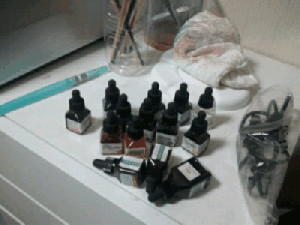I’ve been a bit MIA at Camp Magic Macguffin for the past week as the family has been in San Diego having a wonderful time. Oddly enough, even on vacation with my family ds106 has not been far from my mind. Walking around Legoland I had many thoughts about assignments, both current ones and possibilities.
We took in Miniland, an area full of cities and creations made of Legos. It’s really quite impressive. I took a few pictures of this Lego steamboat with the purpose of creating a wiggle stereoscopy image. I ended up only using two of the images after trying to get one that worked the way I wanted.
I’m finding as I work through ds106 assignments (slowly, but still) that I don’t fully understand why I think things work or don’t work. Hopefully as I continue with this process I’ll hone my eye and begin, to a bit at least, to be able to explain my thinking.
















